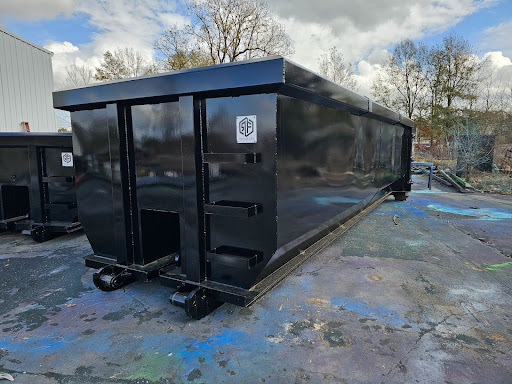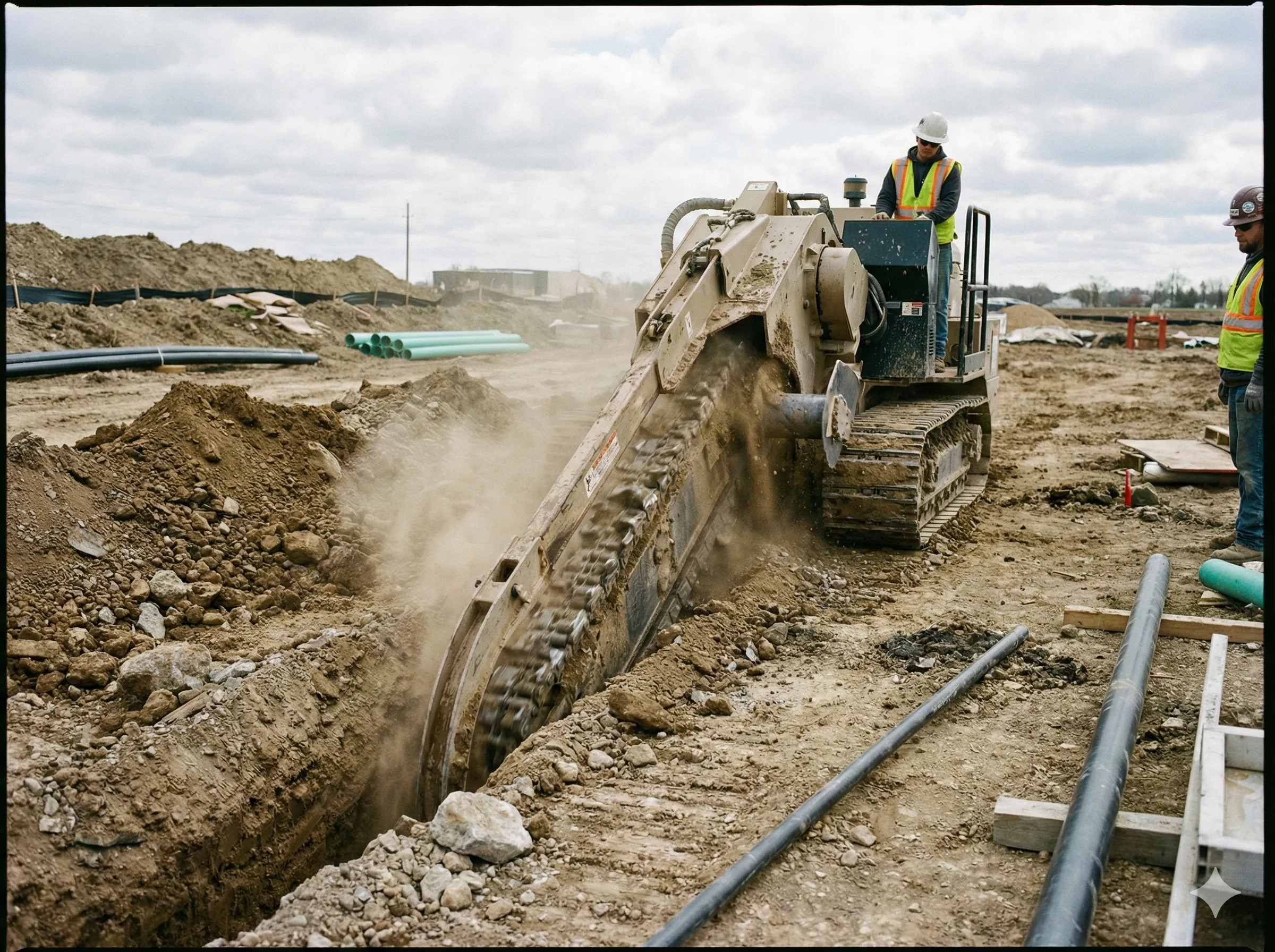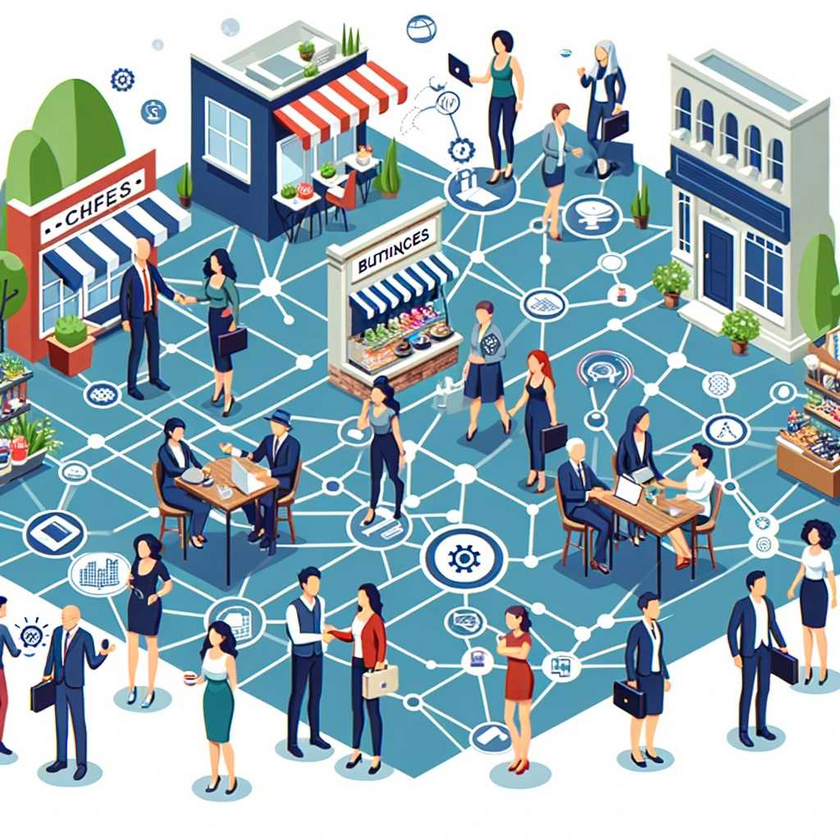Waste management is a critical issue for businesses and municipalities across the United States. The Environmental Protection Agency (EPA) estimates that over 292 million tons of municipal solid waste (MSW) were generated in 2018 alone. In sectors like construction, demolition, and industrial production, the challenge becomes even more significant, requiring specialized tools and systems to handle large volumes of waste efficiently and sustainably.
One such tool is the roll-off container, a staple in modern waste management. These durable, customizable containers streamline waste collection, transportation, and disposal, making them indispensable for businesses looking to maintain operational efficiency while meeting environmental standards.
In Louisiana, where industrial and construction activities are thriving, companies like Refuse Fab are leading the charge with innovative roll-off container solutions tailored to meet the needs of various industries.
The Importance of Roll-Off Containers in Modern Waste Management
Whether it's a large construction project, cleanup after a natural disaster, or routine commercial waste collection, roll-off containers offer unparalleled versatility. Their robust design, ease of transport, and capacity for customization make them a preferred choice for managing debris and recyclables effectively.
Key Benefits of Roll-Off Containers
Efficiency in Operations:
Roll-off containers significantly reduce time and labor costs by simplifying waste collection and disposal. Workers can load materials directly into the container, which is then easily transported for processing or disposal. This efficiency is a reassurance for businesses, especially in time-sensitive industries like construction, where project delays can be reduced by up to 30%.
Studies show that efficient waste management systems can reduce project delays by up to 30%, a crucial benefit for time-sensitive industries like construction.
Durability for Demanding Applications:
High-quality roll-off containers are built to withstand harsh conditions and heavy use. For industries like scrap metal recycling and demolition, this durability translates to fewer replacements and lower operational costs, providing a sense of security about the long-term investment.
Environmental Impact:
Properly managed waste systems, including roll-off containers, contribute to better waste segregation and recycling efforts. According to the EPA, recycling 1 ton of steel saves 2,500 pounds of iron ore and reduces energy consumption by 74%. This makes durable containers a critical component of sustainability efforts, making the audience feel responsible and part of a sustainable solution.
Adaptability Across Industries:
Roll-off containers are used in construction, municipal waste management, industrial facilities, and even disaster recovery operations. Their versatility ensures they meet the needs of virtually any waste management scenario.
Industries That Depend on Roll-Off Containers
Roll-off containers play a vital role across multiple sectors. Their design and customization options allow them to handle a variety of materials, from construction debris to hazardous waste.
Construction and Demolition
Construction and demolition (C&D) projects generate enormous volumes of debris. In fact, the EPA reported that 600 million tons of C&D debris were generated in 2018, accounting for over twice the amount of municipal solid waste. Roll-off containers are indispensable for managing materials like concrete, wood, and metals, ensuring job sites remain safe and efficient.
Industrial and Commercial Applications
Industries that produce scrap metal, hazardous waste, or bulk recyclables require containers that can endure heavy use. Roll-off containers provide the necessary capacity and durability to handle these demanding applications.
Municipal Waste Management
Cities and towns rely on roll-off containers for community cleanups, bulk waste collection, and seasonal waste management. These containers help municipalities reduce costs and improve service efficiency.
Challenges in the Roll-Off Container Market
While the demand for roll-off containers is growing, businesses face several challenges in acquiring and using these essential tools:
Customization Needs:
Standard containers often fall short of meeting specific requirements, leading to inefficiencies and increased costs.
Custom solutions tailored to the unique needs of industries or projects are essential but often hard to find.
Durability Requirements:
Inferior materials can lead to frequent damage or failure, resulting in higher replacement and maintenance costs.
High-quality containers are a worthwhile investment, but businesses must choose manufacturers known for their craftsmanship.
Shipping Delays:
Long lead times for custom containers can disrupt operations, especially for time-sensitive industries like construction or disaster recovery.
Refuse Fab: A Leader in Custom Roll-Off Containers
Based in St. Gabriel, Louisiana, Refuse Fab has built a reputation as a premier manufacturer of custom roll-off containers. With over 25 years of experience, Refuse Fab specializes in providing durable, efficient waste management solutions tailored to their clients' unique needs.
Innovative Solutions for Every Industry
Refuse Fab offers a wide range of container options, each designed with precision and built to last:
Standard Roll-Off Containers: Ideal for general waste management across industries.
Heavy-Duty Containers: Built for scrap metal, demolition debris, and other demanding applications.
Custom Fabrication: Tailored solutions for specialized needs, ensuring efficiency and compliance with industry standards.
Statistics That Define Refuse Fab’s Impact
740,223+ cubic yards of waste managed using Refuse Fab containers.
Trusted by top industry leaders nationwide, including major waste management firms and construction companies.
Why Businesses Choose Refuse Fab
Refuse Fab’s commitment to quality and customer satisfaction sets it apart in the competitive roll-off container market. Its focus on using premium materials, advanced manufacturing techniques, and efficient delivery systems ensures that every client gets a product they can depend on.
Key Advantages of Choosing Refuse Fab:
Uncompromising Durability:
Each container is crafted from top-quality steel and built to withstand heavy use in even the harshest conditions.
Tailored Customization:
Refuse Fab’s team works closely with clients to design containers that meet specific needs, from unique dimensions to specialized features.
Fast Shipping:
Unlike competitors with long lead times, Refuse Fab prioritizes timely delivery, ensuring businesses have what they need, when they need it.
Exceptional Customer Support:
The company’s experienced team provides guidance throughout the process, from design to post-delivery support.
The Future of Waste Management in Louisiana
As Louisiana continues to grow and industries expand, the need for durable, reliable waste management solutions will only increase. Roll-off containers are at the heart of this transformation, helping businesses reduce costs, improve efficiency, and minimize environmental impact.
With a proven track record and a focus on innovation, Refuse Fab is positioned to lead the market and provide the custom solutions businesses need to thrive.
Learn More About Refuse Fab’s Solutions
To explore how Refuse Fab can meet your roll-off container needs, visit their products page to discover their full range of solutions. Choose Refuse Fab for waste management solutions that are built tough and designed for you.


















